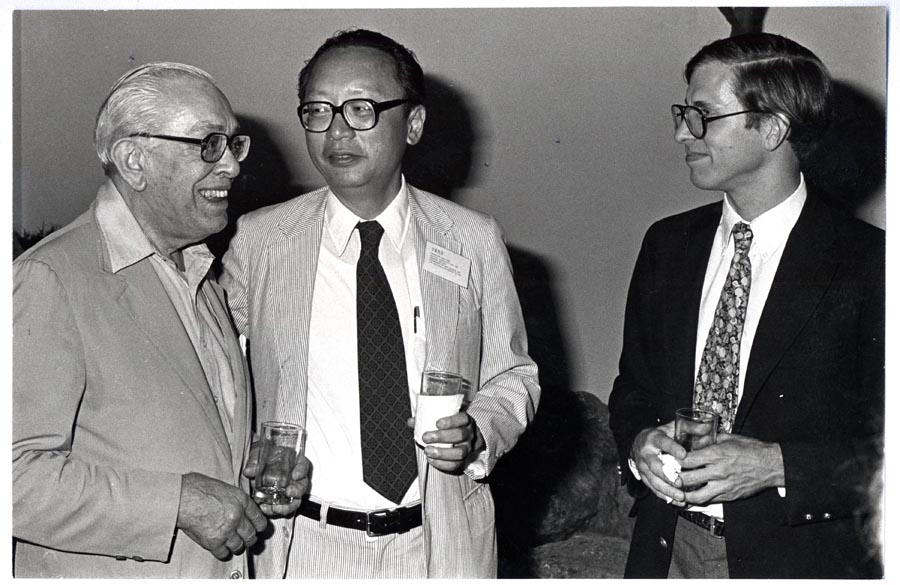 |
|
1980 Bronze Age of China Symposium: Laurence Sickman, Wen Fong and Maxwell Hearn (from left). [Photo provided to China Daily] |
"To appreciate an ancient Chinese painting you must put yourself in the mind of the artist."
That is where the country's long and tumultuous history comes in. One group of artists Hearn has studied carefully are those who lived in transitional periods, through dynastic changes that were almost always enabled by bloody warfare.
"From the fall of the Roman Empire to the French Revolution, Western history is also peppered with drastic moments that marked the end of one era and the beginning of another. But how did it affect art? You don't see it the way you do following the demise of the Song Dynasty (960-1279) and the rise of Yuan (1271-1368) in the 13th century. That's because in the West, artists historically were craftsmen, hired hands for kings and popes, while in ancient China they were cultural leaders and politicians involved in the process of governing."
This political dimension to the artists informed their works, Hearn says, pointing to the cloud-wreathed mountain peaks and a little hermitage down low, in a painting from late 14th-century China. The gathering thunderclouds hinted at the political storm that in reality would soon overwhelm the artist-the painter, Wang Meng, died in prison after running afoul of the emperor-and the reclusive dwelling stood for a haven.
A desolate landscape might well be a reflection of society, and therefore a metaphorical form of protest. Yet more often the artists chose to cling to their inner poetry by retreating to a dreamed-up ideal, at least on paper.
"This tendency to withdraw into the inner world provides the emotional undercurrent to a large part of ancient Chinese works," Hearn says. "In fact, one of the things that has drawn me to Chinese art is the interest of the practitioners not in exploring the extended world around, but the infinite world of the mind and the heart. Self-cultivation-that's what really matters to a member of the literati who most likely were well versed in painting and calligraphy."